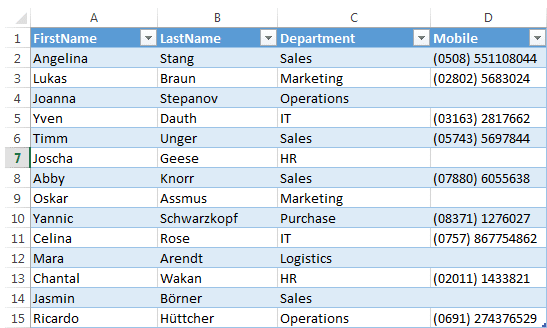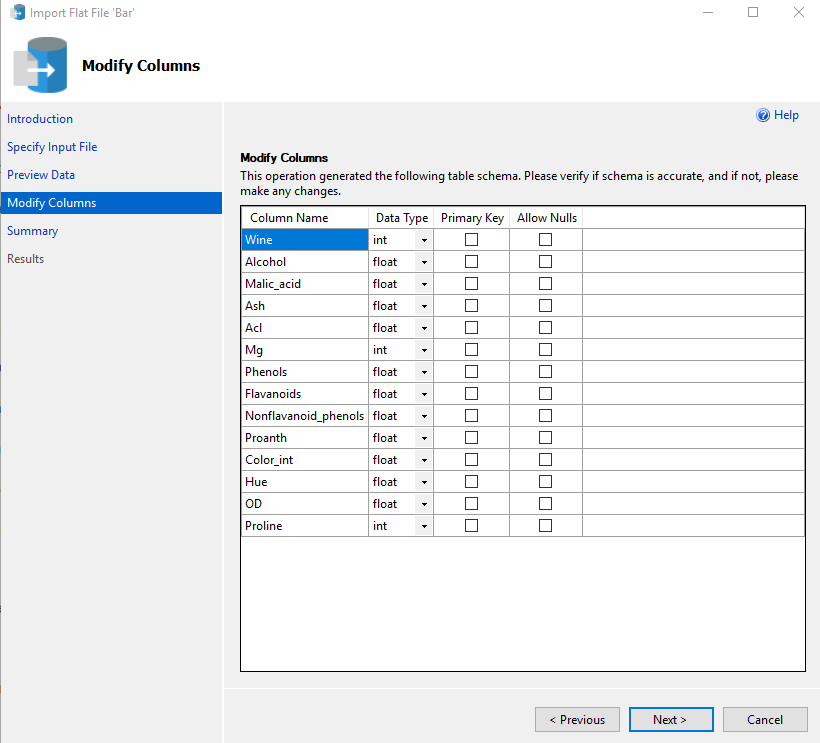
Import Csv File Powershell Code It Is
Lines Powershell code it is possible to export a Excel Workbook as a csv file.PowerShell Data Basics: File-Based Data - Simple TalkImport a text file by connecting to it (Power Query) You can import data from a text file into an existing worksheet. Csv file is then imported into the dataset in Power BI. The root of the whole process is importing a CSV file. I'll be going over the process of how to read the file and declare variables for the headers. You may use CSV files to store values temporarily for a script, or you may be creating user accounts in Active Directory. Today I'm going to talk about interacting with CSV files using powershell.
As I have continued working with PowerShell I realized that at the core is the data (as with any software really). In the preview dialog box, you have several. In the Import Data dialog box, locate and double-click the text file that you want to import, and click Import.

You could redirect this output to a file using exactly the same mechanism as in a DOS or Unix or Linux shell …$numbers = Get-Content -Path. The Get-Content cmdlet is the primary workhorse for bringing data from a file into PowerShell:In the absence of any other direction, Get-Content displays its result on the console. My sample file consists of fifteen lines containing the text “one”, “two”, etc., on up to “fifteen”.

But if your parameter does not contain any regex metacharacters you can omit the “- SimpleMatch” label as I have done in the above example. In fact, the default search term is a regular expression unless you specify that you want to match just a simple string with the -SimpleMatch parameter. \numbers.txt | Select-String teenYou are not limited to string constants. Use the Select-String cmdlet (similar to the Linux grep command or the DOS findstr command).Get-Content -Path. Read a Text File Selectively By SearchNow consider the scenario where rather than wanting to get specific lines by number you want to get all lines that contain a particular string. You might use this technique to skip the header row when reading in a file, for example.
The actual output of ConvertFrom-Csv (or Import-Csv) is an array of those PowerShell objects. Each input record generates a PowerShell object with those properties. The first row of data contains column headers that become properties in PowerShell. This first example uses multi-record input from a string constant for clarity loading data from a file is just as | ConvertFrom-Csv Say you have a text file where each line is a record and each record consists of, for example, 7 characters for the given name, 10 characters for the surname, and 3 characters for an ID of some kind.Data by Variable Width Fields Importing from CSVPipe your data or your file into ConvertFrom-Csv (if immediate data) or Import-Csv (if file data), to yield an array of PowerShell objects-no muss, no fuss. \numbers.txt | Select-String -pattern "i.*teen$"Data by Fixed Width Fields The PowerShell ApproachThe next logical step is to not just read a file by lines, but to split up those lines into fields.
This next example shows how to separate the header row from the data by including it as part of the command invocation using the -Header | ConvertFrom-Csv -Header Shape, Color, CountOne special case of interest is worth considering here: directly populating a hash table from a CSV file. See the next section for a workaround.ConvertFrom-Csv (and Import-Csv) gives you the option to include the header row in your data or not, at your choice. That is why the values of the Count column/property are left-justified.

Outputs the property names as the column headers. This may be suppressed with the -NoTypeInformation parameter. Outputs the object type as a comment in the first row.


 0 kommentar(er)
0 kommentar(er)
